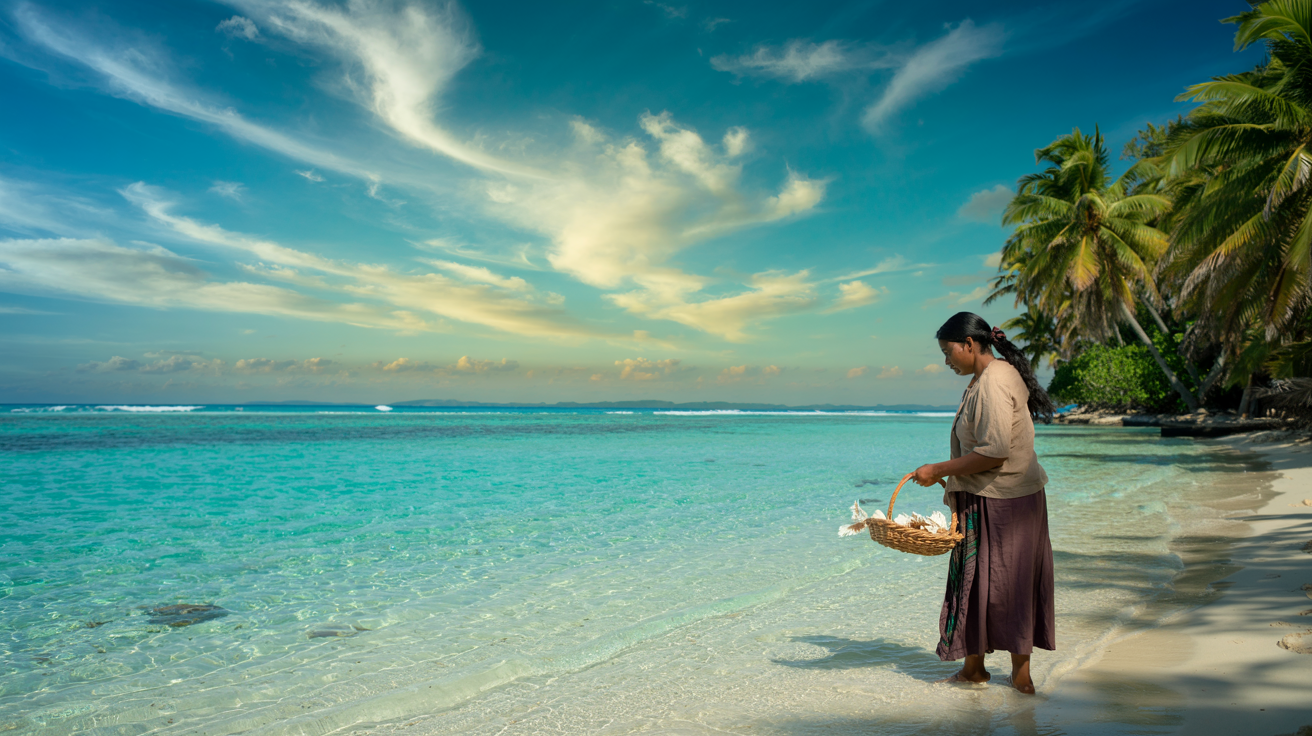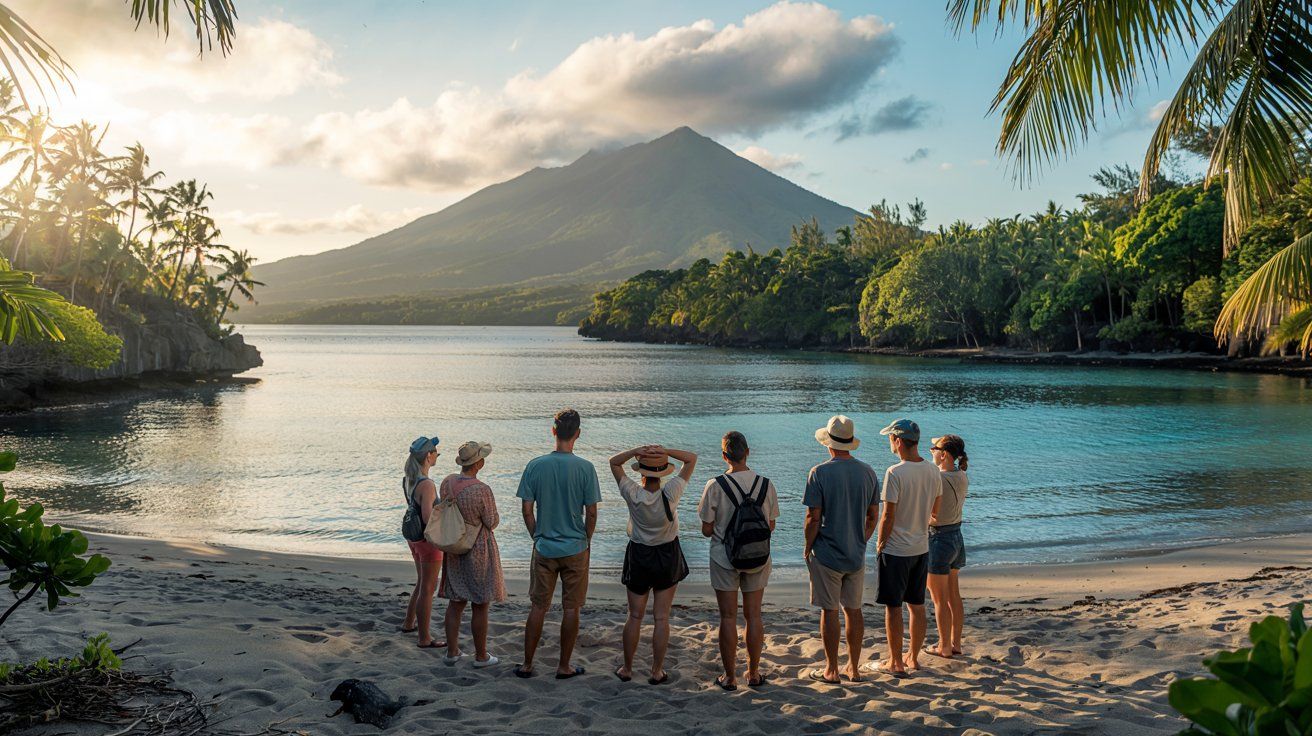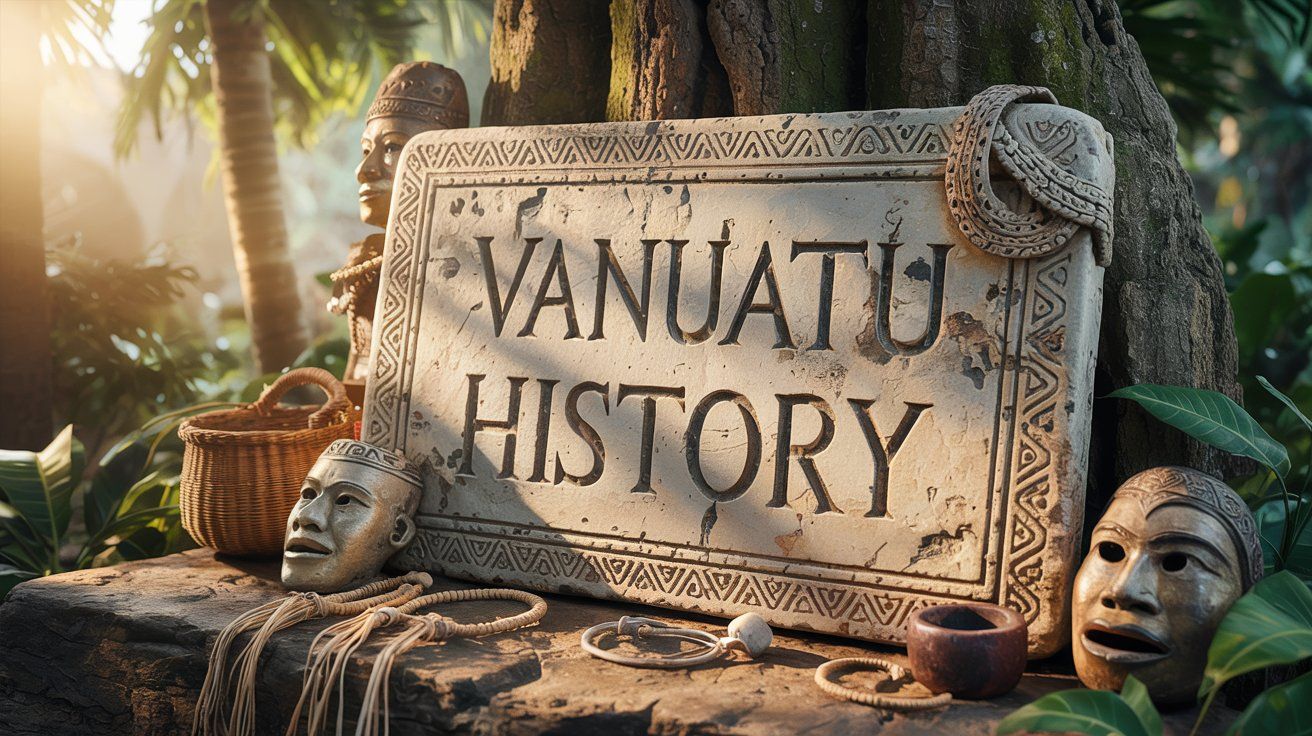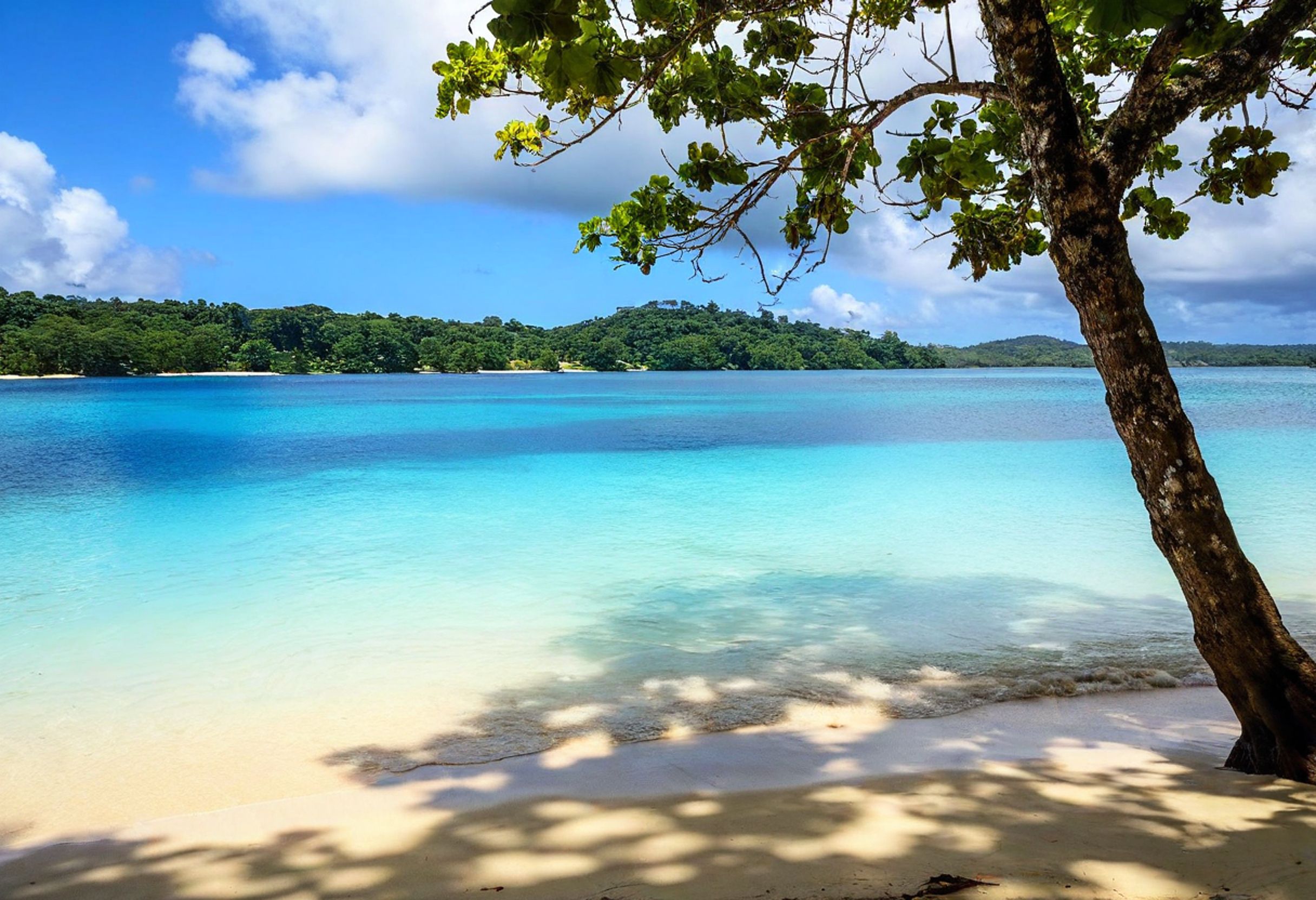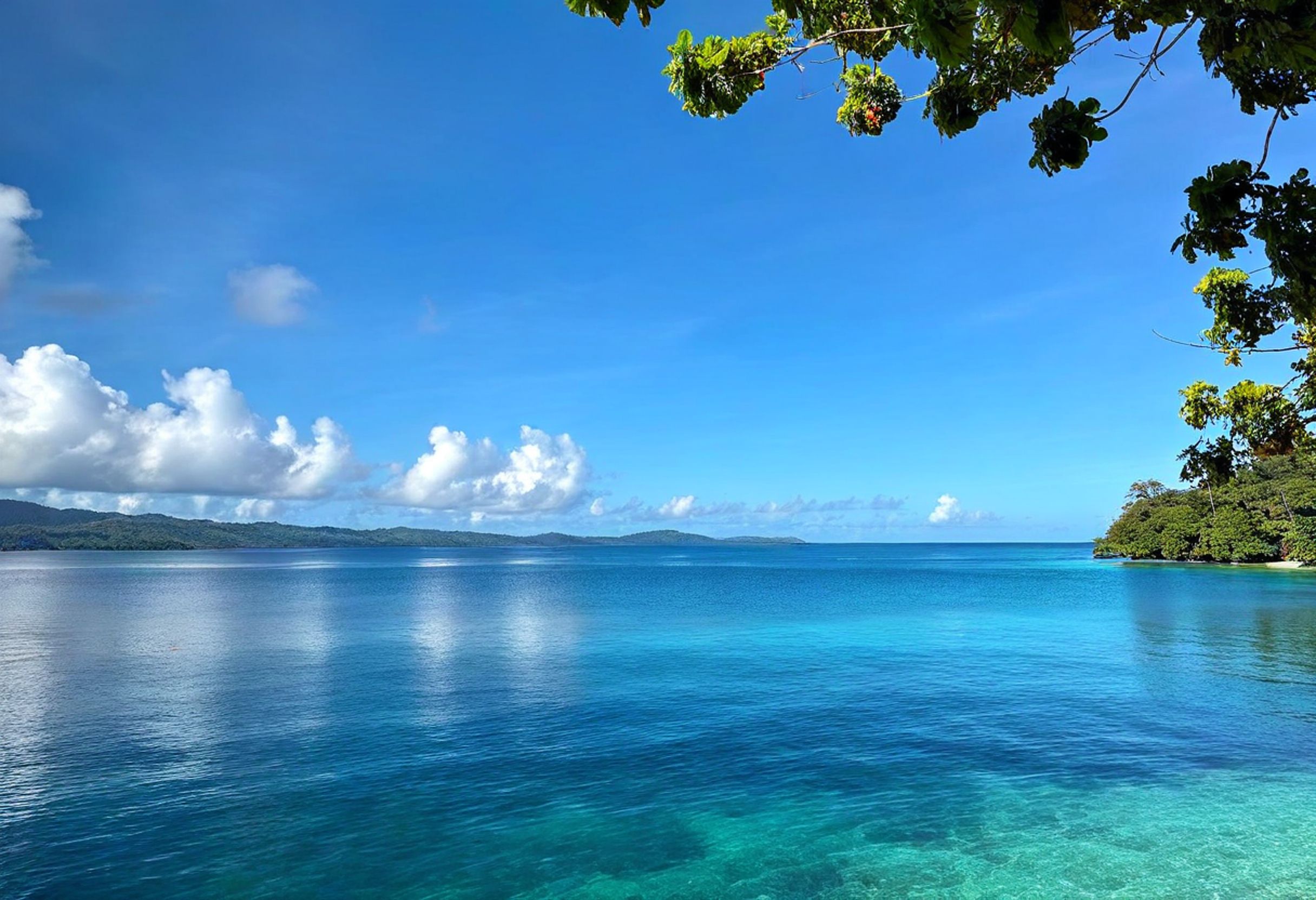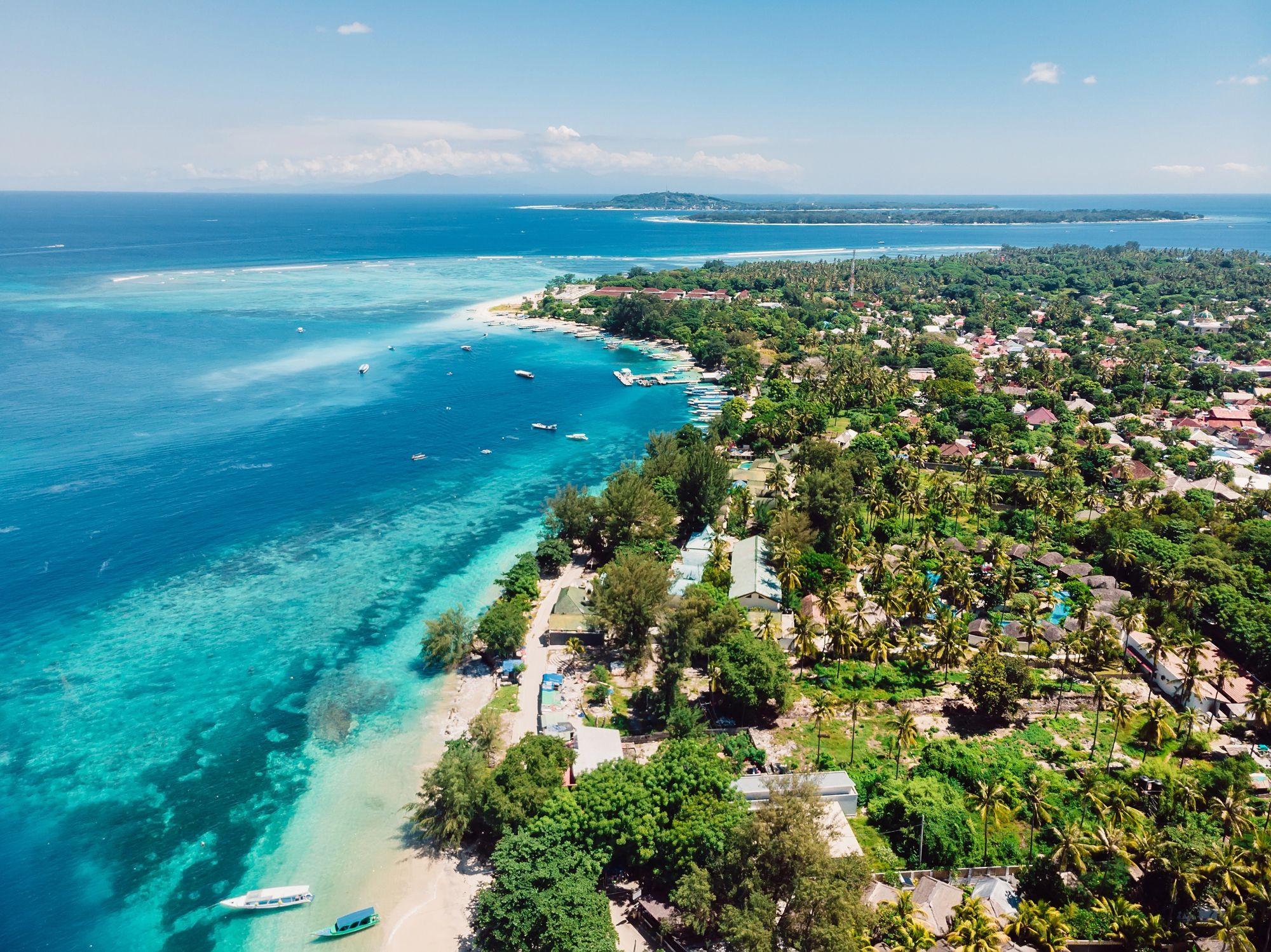The U.S. government has announced a significant expansion of its proposed deep-sea mining operations in the Pacific, sparking heated debate among island communities and environmental experts. The Trump administration plans to nearly double the targeted seabed area near American Samoa from 18 million to 33 million acres.
Its ambitions now extend for the first time into the Commonwealth of the Northern Mariana Islands. These mining zones, spanning a combined 35 million acres, lie close to the Marianas Trench National Marine Monument—one of Earth’s most biologically rich and fragile marine regions.
From overwater bungalows to beachfront resorts, find your perfect stay in this island nation of more than 80 islands. Instant booking with best price guarantee!
Browse Accommodations Now
While federal agencies portray the plan as vital for securing critical minerals for U.S. manufacturing and defense, local Indigenous leaders remain deeply concerned about the cultural, ecological, and economic consequences for the Pacific.
Massive Mining Proposal in a Delicate Marine Environment
The expanded mining region sits west of the Marianas Trench, an area celebrated for its rare species and unique ecological systems. By moving into waters near both American Samoa and the Northern Mariana Islands, federal planners are venturing into zones traditionally guarded by environmental protections and local stewardship.
These waters are not just resource zones—they are lifelines for communities whose diets, traditions, and economies depend on the health of marine life.
Concerns Over Fisheries and Cultural Heritage
Leaders in American Samoa have long upheld a moratorium on seabed mining to safeguard fisheries essential to food security. Fishing here is more than a livelihood—it embodies centuries of cultural identity and connection to the ocean.
Any degradation of marine habitats could weaken the intricate balance of the food web, threatening both local economies and traditional ways of life.
Indigenous Voices and Political Tensions
In the Northern Mariana Islands, public officials express tentative interest in the possibilities deep-sea mining might bring. They emphasize that strict environmental controls and respect for Indigenous rights would be prerequisites.
These leaders are wary of repeating past mistakes in resource exploitation in the Pacific, where communities often bore the brunt of environmental harm without seeing equitable economic benefits.
Scientific Warnings About Ecological Impact
Recent research from the University of Hawaiʻi paints a stark picture. Scientists warn that disrupting the seabed could deprive zooplankton—a vital component of the marine food web—of essential nutrients.
This depletion could cascade upward, affecting everything from small fish to apex predators. Deep-sea ecosystems are slow to recover; once disturbed, they may not return to their original state for centuries.
The Strategic Mineral Argument
Acting Bureau of Ocean Energy Management director Matt Giacona frames the expansion as a matter of strategic independence, reducing reliance on China for minerals critical to defense and manufacturing. From an industrial standpoint, the Pacific’s seabed could yield rare earth elements used in electronics, renewable energy technologies, and military equipment.
Public Consultation and Environmental Review
Although the administration has announced its intentions, officials stress that no final decision has been reached. The environmental review process aims to include public feedback, scientific assessments, and legal considerations, with comments open until December 12.
For many Pacific Islanders, this is a crucial window to voice concerns, propose alternatives, and highlight the irreplaceable value of their marine ecosystems.
Lessons for the Pacific—and Vanuatu
The unfolding situation near the Marianas Trench serves as both a warning and a potential case study for other island nations.
Deep-sea mining promises economic and strategic rewards, yet it comes coupled with risks to marine biodiversity, food security, and cultural preservation.
Should such projects move forward without adequate safeguards, the damage could be irreversible.
In Vanuatu, known for its spectacular reefs, volcanic islands, and thriving traditional fishing villages, there is much to learn from this debate.
Like American Samoa and the Northern Mariana Islands, Vanuatu’s prosperity is rooted in a healthy ocean.
Its leaders and communities may one day face similar choices, balancing resource opportunities with the imperative to protect the environment.
The Marianas experience reinforces that public participation, Indigenous leadership, and strong environmental science must be central to any discussion about the seabed.
Here is the source article for this story: Trump Sets Sights on Pacific Seafloor Near the Mariana Trench
Find available hotels and vacation homes instantly. No fees, best rates guaranteed!
Check Availability Now

